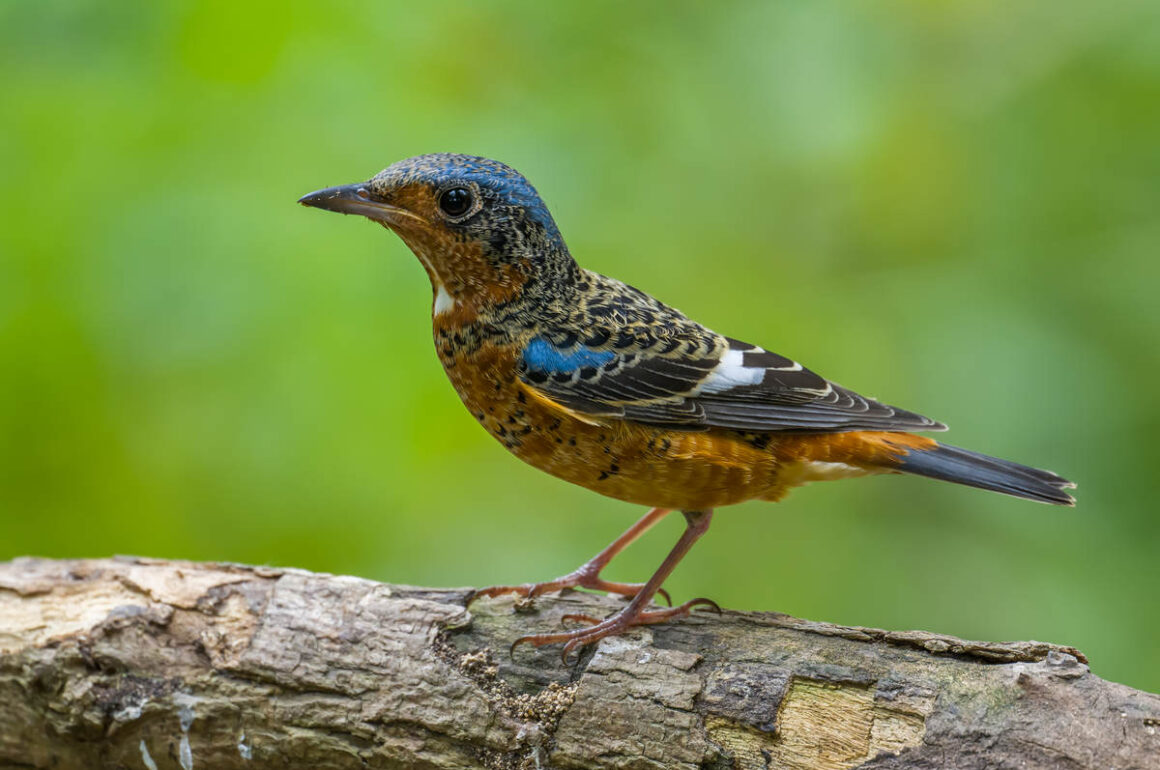
I am sure none of you wondered why my Shanghai post for September was already published on the 28th. However, I will explain the reason to you anyway. I just pressed the wrong button when working on the post on September 28 (feel free to insert your own joke about premature something here).
Of course, that means that the birds I saw on September 30 are now somewhere in blogpost limbo, not having appeared in the September post but also not legitimately belonging in the October one. The solution (keep in mind, I am a management consultant who is supposed to dazzle his clients with his brilliant and creative ideas) is to make an exception and start this post with a dedicated September 30 section.
After this longish and completely irrelevant introduction, finally here is a photo of the first bird of September 30th, a Black-winged Cuckoo Shrike.
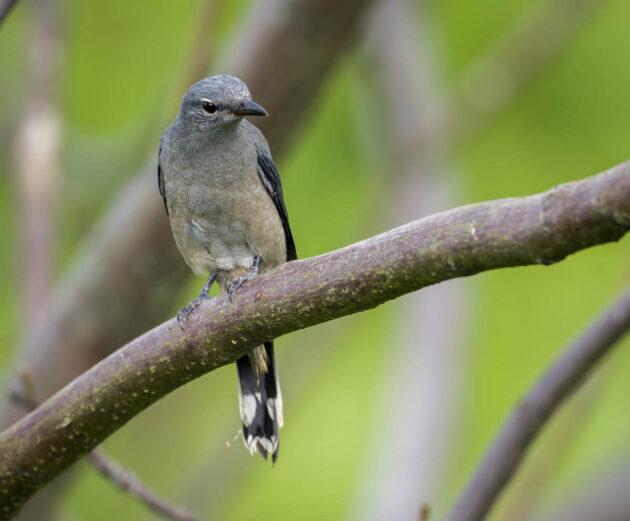
If you want to pretend to combine learning Mandarin and learning about this species, watch this video.
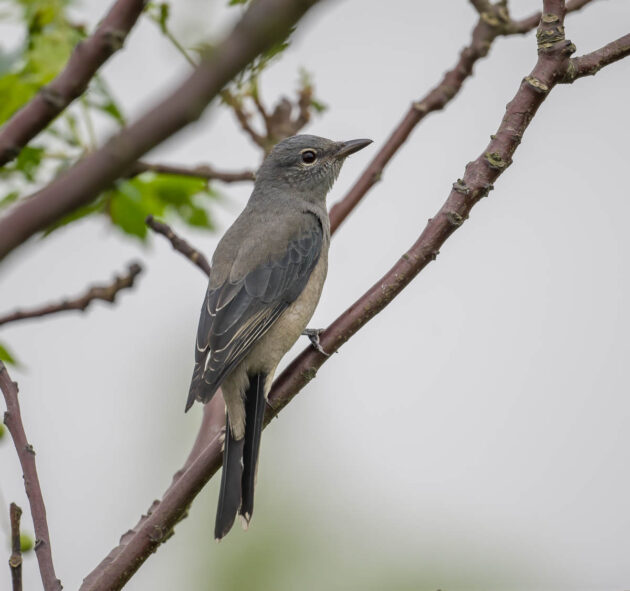
There is also the usual article about the first sighting of the species at a new location. How exciting.
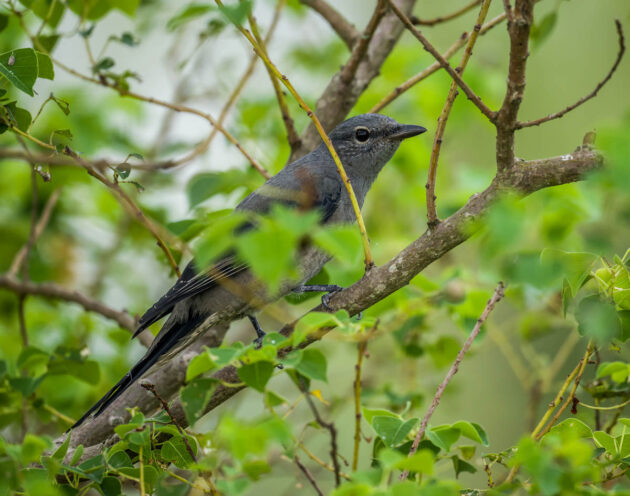
Of course, I need to pretend not to brag about it, but the HBW page on the species still uses the photo of a China-based German photographer as its main illustration. It is actually much better than the photos shown in this post.
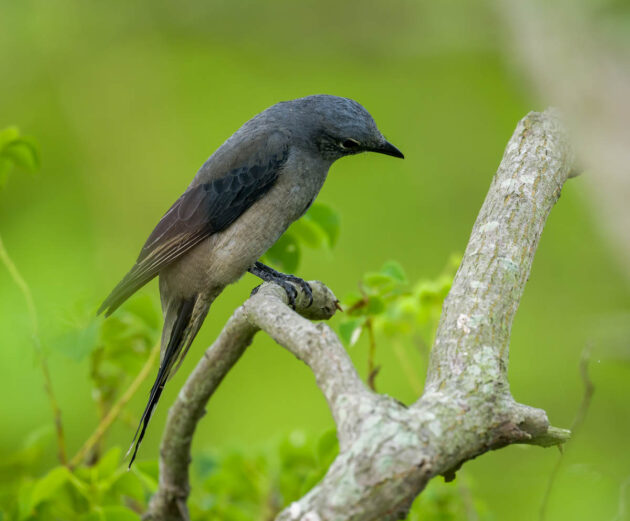
The end of September and early October is also the best time to see Oriental Scops Owls in Shanghai – though they can be hard to spot, being very good at hiding.
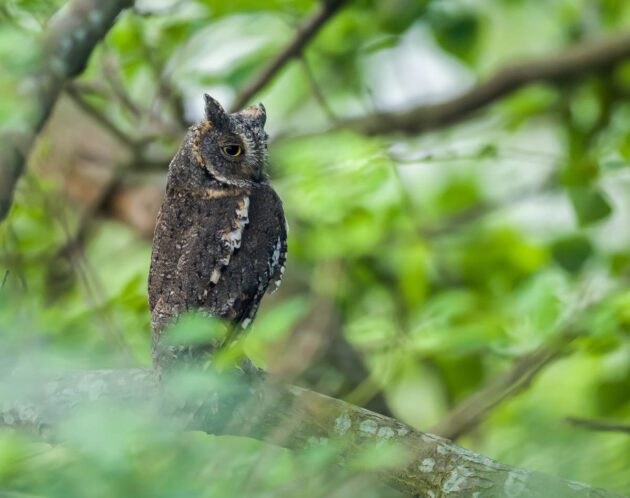
If you think that these photos of the owl are sufficient …
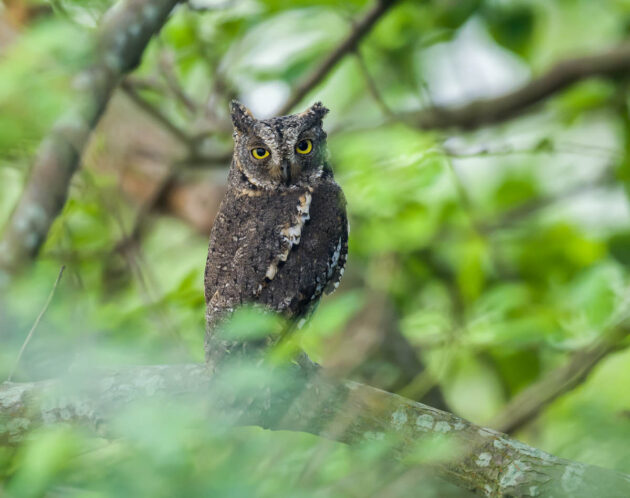
… you should probably skip the main part of this post.
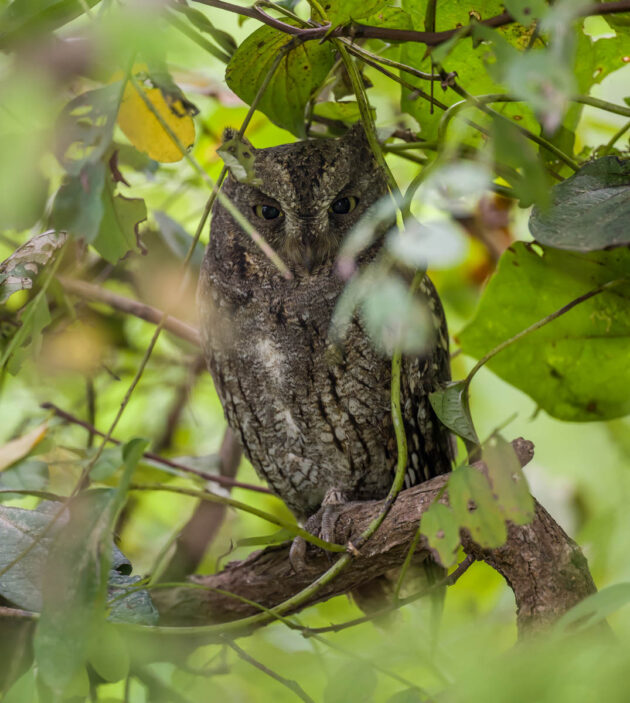
If you want to guess the name of this species, please follow my instructions.

Take out a magnifying glass. Use it to look at the beak of the bird. Then move a little bit downwards. If you really concentrate, you may now see a tiny whitish spot. Seen it? Then you can easily guess that this is a White-throated Rock Thrush.
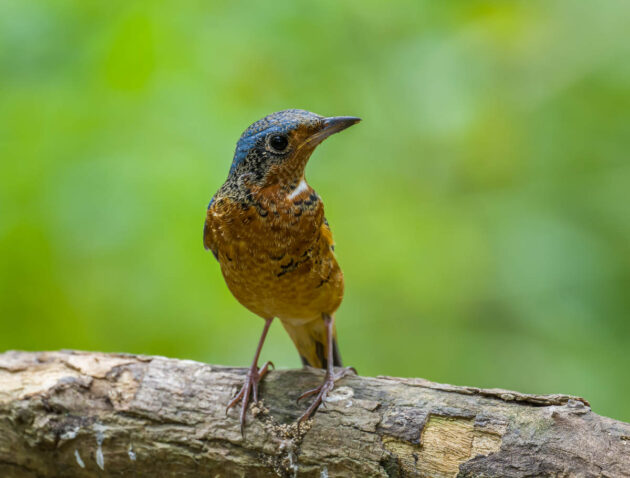
This is the female. She sometimes thinks that her husband looks a bit too flashy – who is he trying to impress? Certainly not her, at least not always – so she is a bit suspicious. But she loves him anyway.
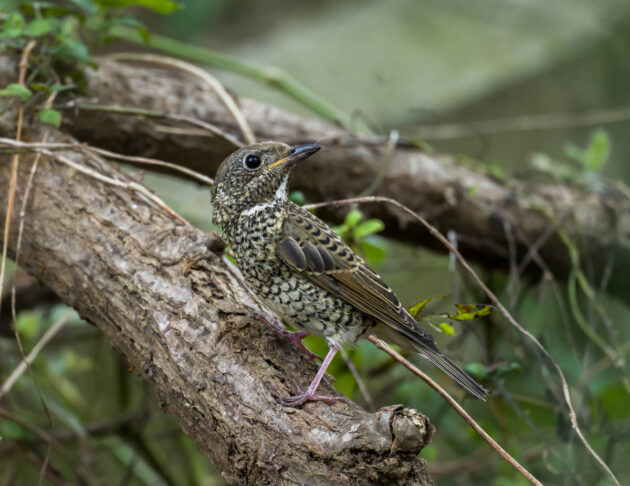
(Would somebody please write a comment stating that I could have a great future in writing romance novels?)
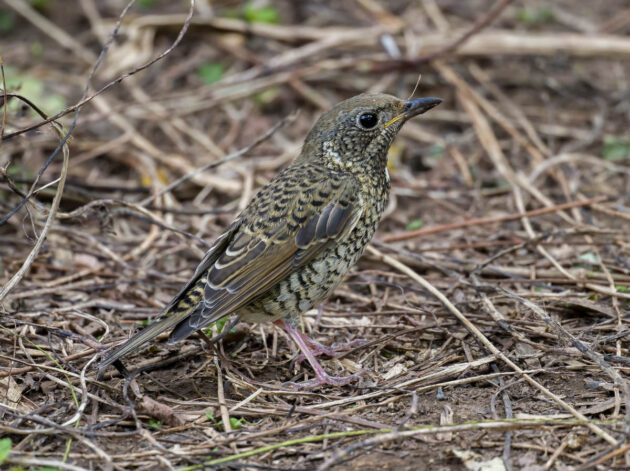
Then, on to October proper – usually also a rather good month in Shanghai.
It is the time to see Daurian Redstarts again – quite a few of them.
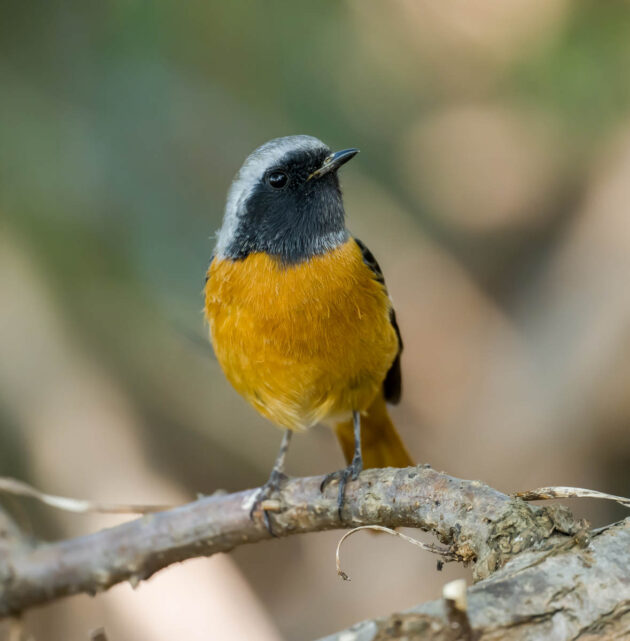
The first autumn I do not enjoy seeing this bird anymore is probably the time to give up birding.

The song of the Daurian Redstart has both components specific to the individual bird and to its broader location – so, there are different dialects (source).
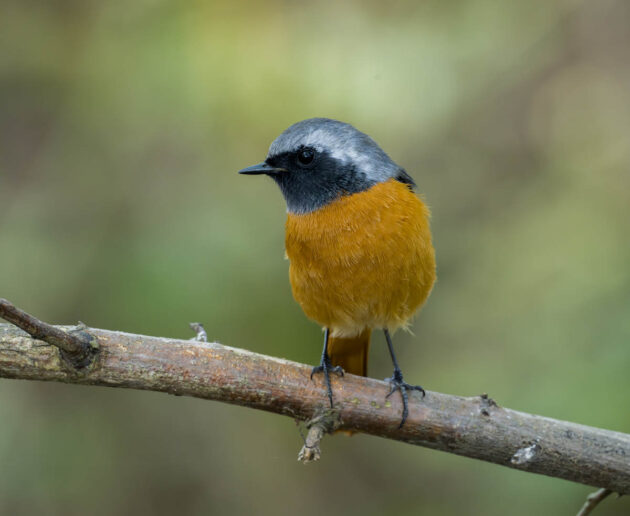
When there are cuckoos around – which parasitize Daurian Redstarts – the females have a higher rate of egg rejection. Better safe than sorry, I guess. You would not want to end up feeding a child that can be up to ten times heavier than you are yourself (11-20 g for the redstart versus 106-133 g for the adult cuckoo).
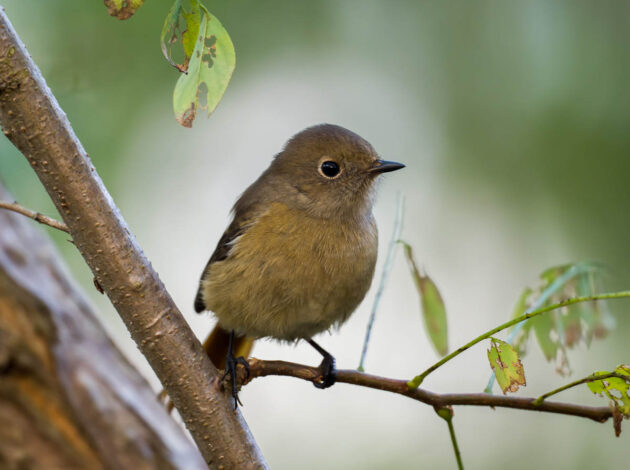
Similarly, some Eurasian Siskins …
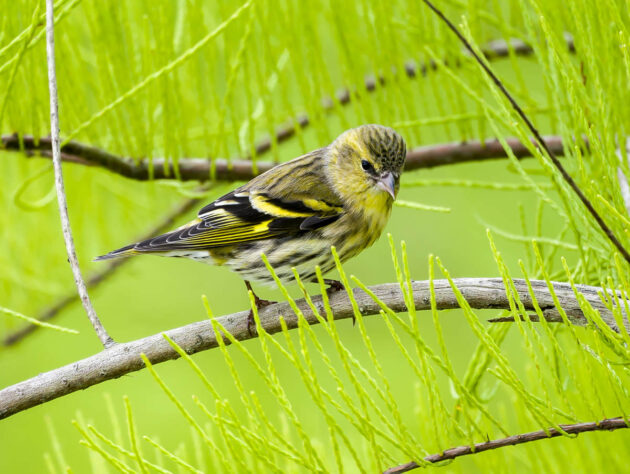
… and Bramblings are back and will spend the winter in Shanghai.
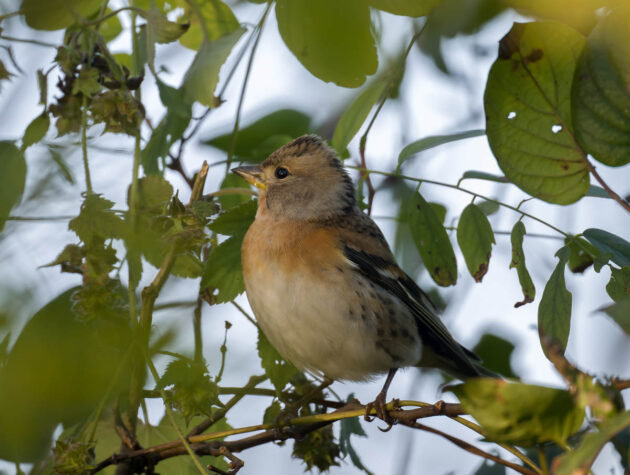
eBird calls the Asian Stubtail a “well-named tiny songbird, ‘a head with wings'” …
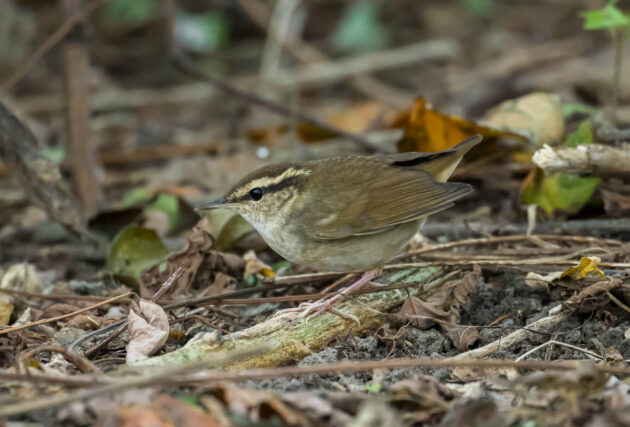
… while the HBW is not so sure whether to call the bird “plump” or “full-bellied” and therefore plumps (yes, embarrassing wordplay) for using both descriptions.
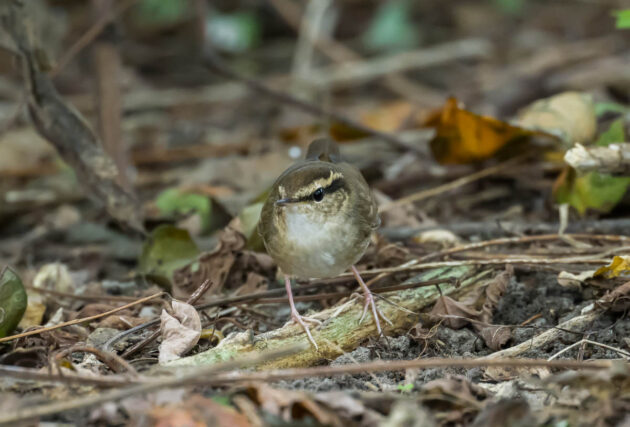
Asian Stubtails presumably are no friends of sika deer – a Japanese study found that the stubtails seem to avoid those parts of the forest that are overgrazed by deer and instead focus on those areas that the deer dislike.
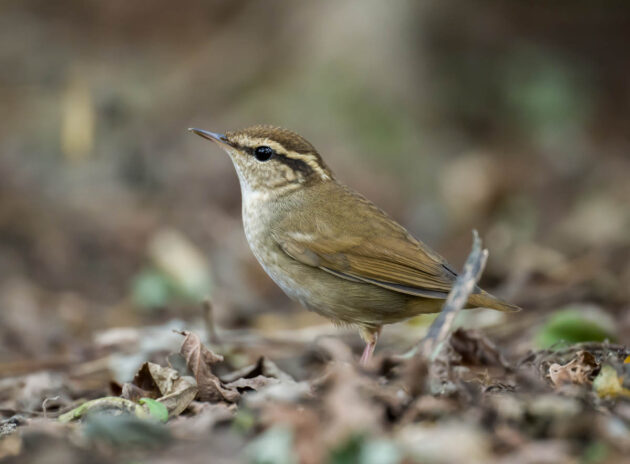
Some local Eurasian Hoopoes dream of having a big career in shadow plays.
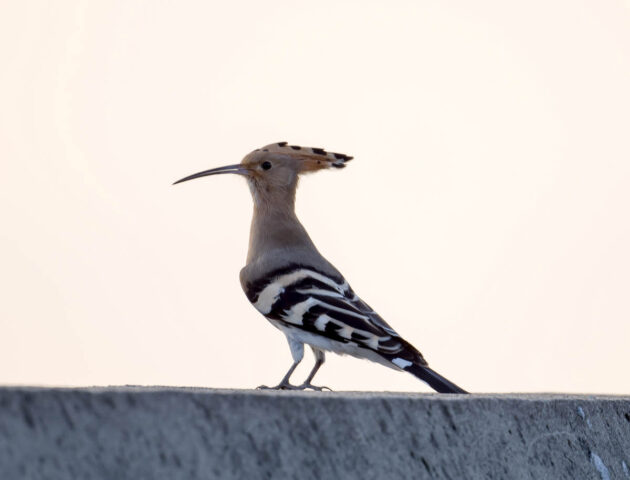
Apparently, the high genetic diversity of the critically endangered Yellow-breasted Bunting indicates that the decline has been quite rapid (a slow decline is accompanied by a reduction in genetic diversity, as outlined here – there is a nice little graph in there illustrating the rationale behind it). Based on the model described in the paper, the decline started 147 generations ago (which to me sounds a bit too precise).
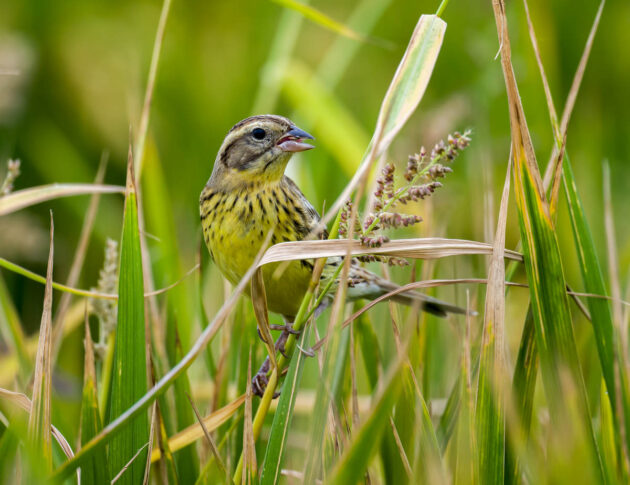
Another paper looked at the subspecies of the Yellow-breasted Bunting – particularly the differences in song – and concluded that “all populations and subspecies are unique and should be protected to maintain intraspecies song diversity”. Good luck with that as long as the species is edible, says a cynical voice inside my head …
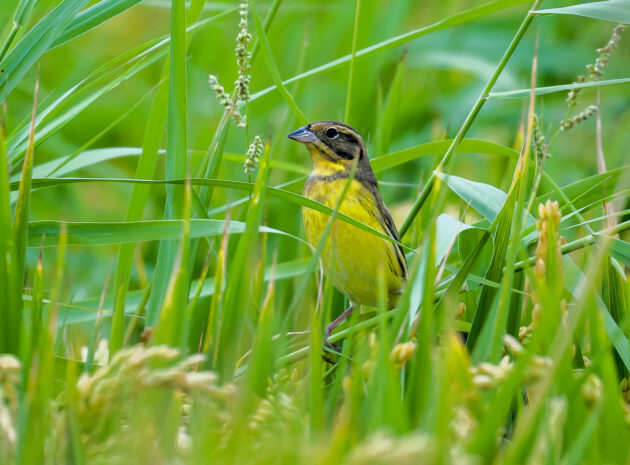
Strangely, the HBW entry for the Blue-and-white Flycatcher only shows two illustrations even though the juvenile male has a very distinctive separate appearance (and is actually quite beautiful):

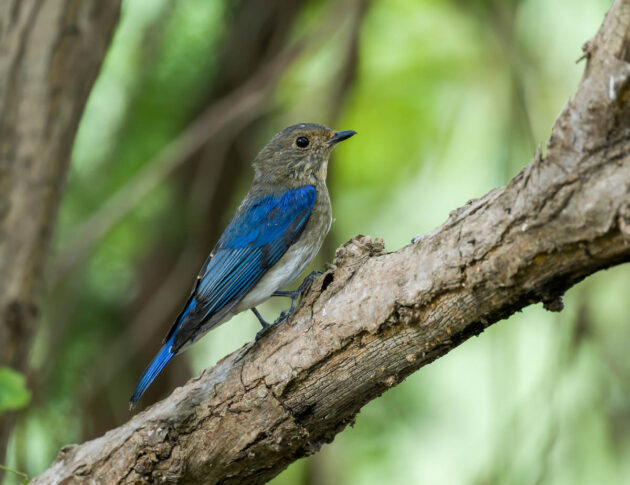
On the other hand, they use my photo of the adult male as the main illustration, so all is forgiven.
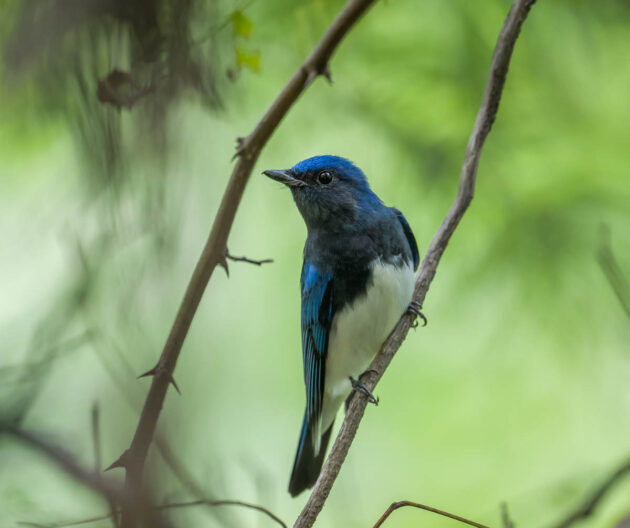
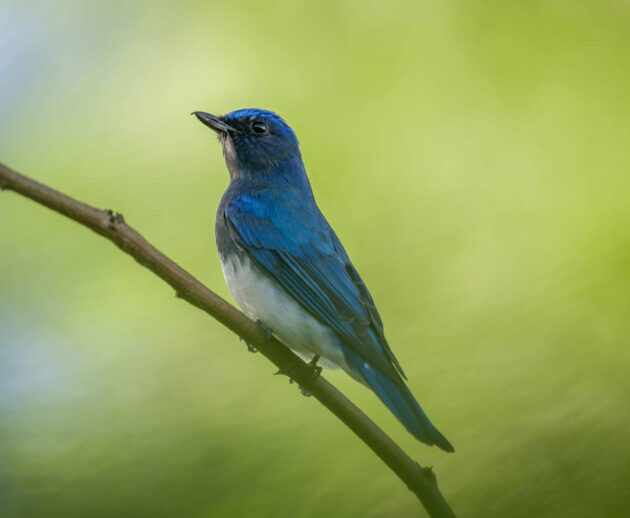
To complete the set, this is the female. It would like to point out that it has a beautiful soul.
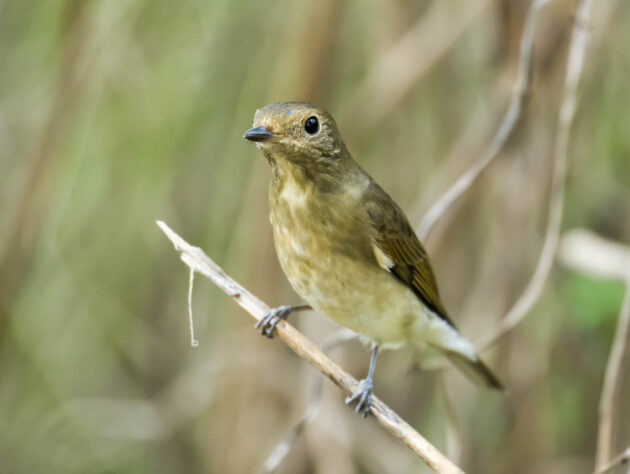
The Yellow-browed Warbler probably counts itself lucky that its English name is not just a translation of the scientific species name inornatus – otherwise, this would be the Plain Warbler.
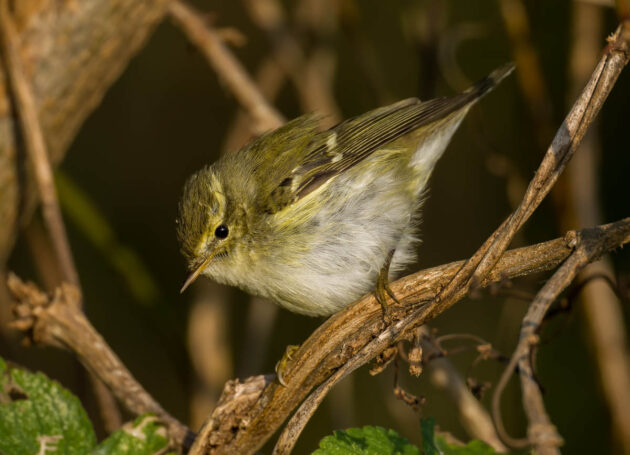
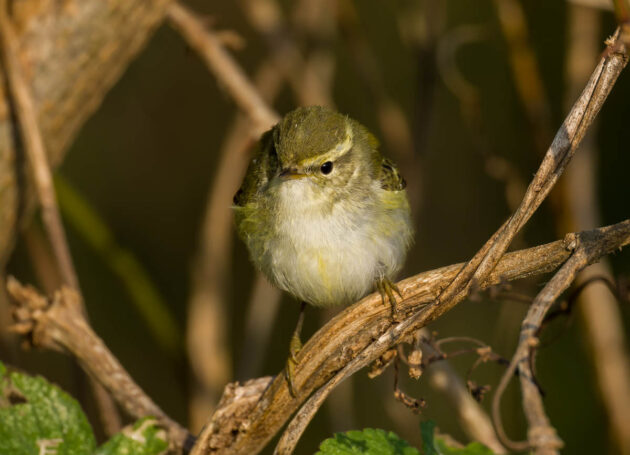
Earlier, I threatened to show more photos of the Oriental Scops Owl. Here they are. Quite a lot of them, I am afraid.
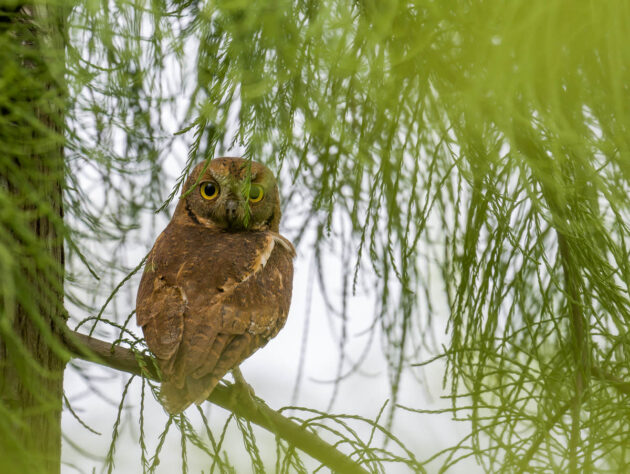
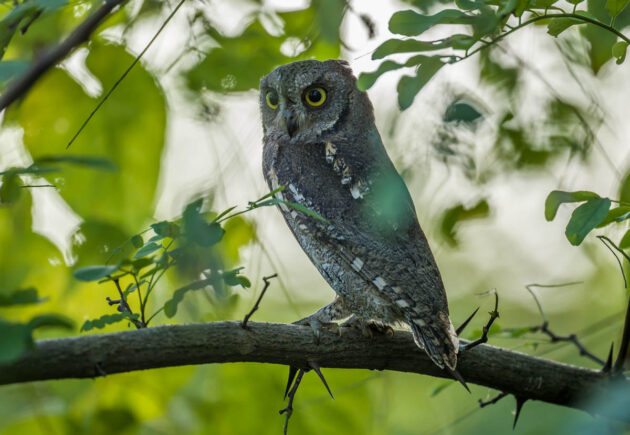
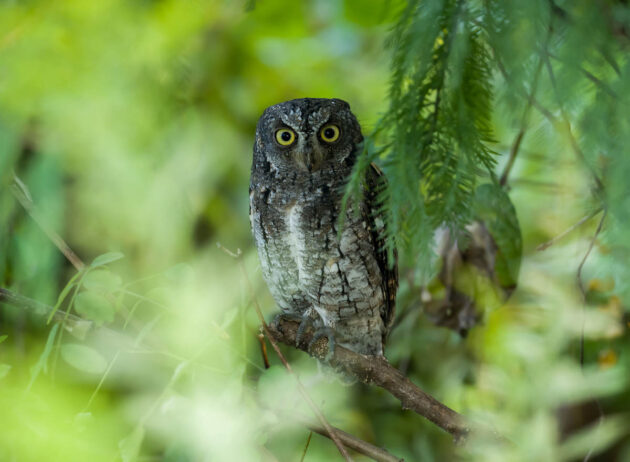
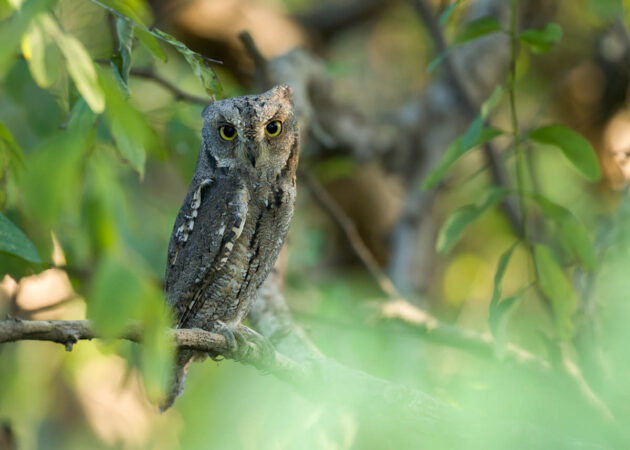
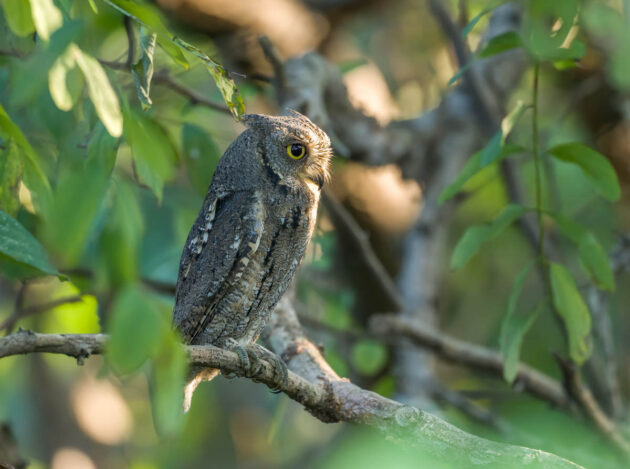
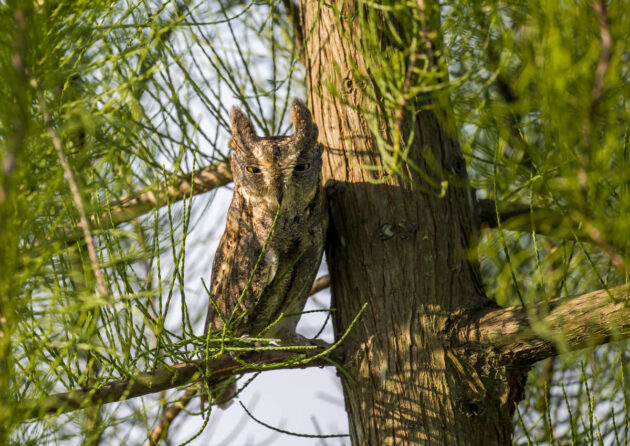
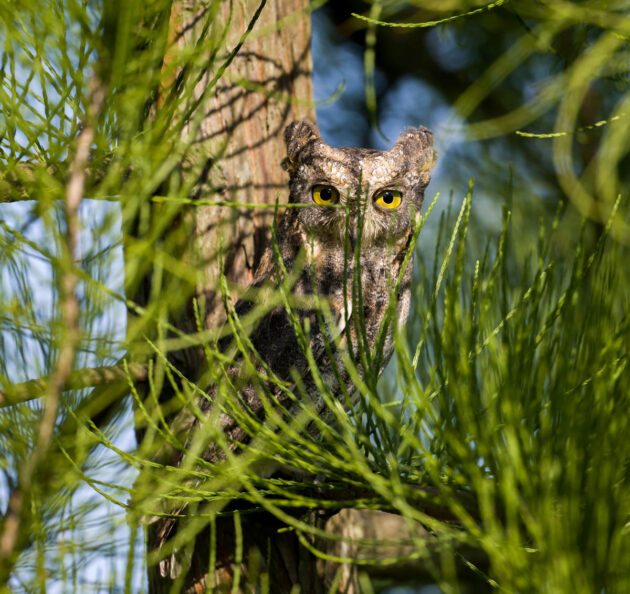
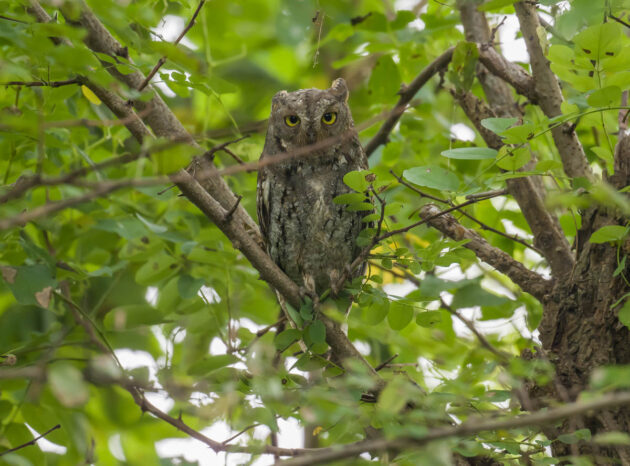
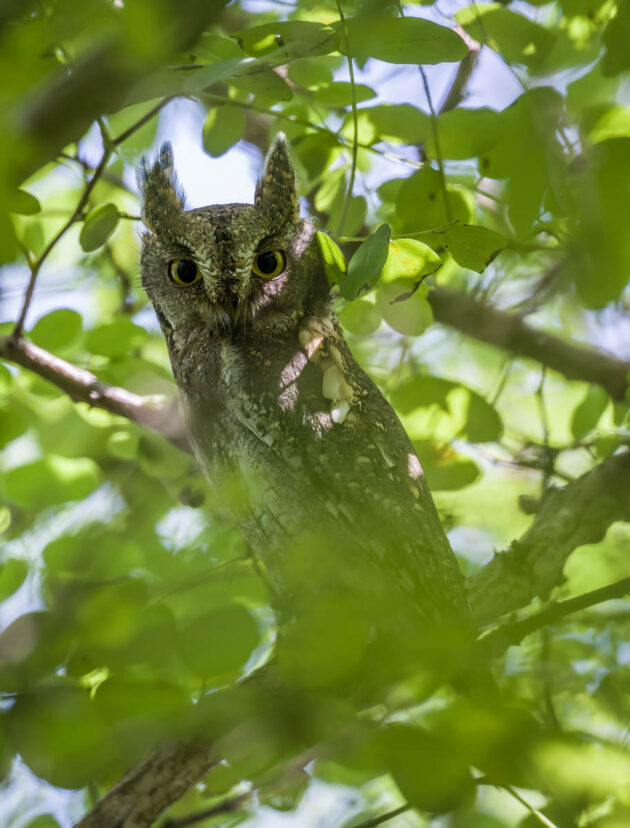
Yes, some of them are a bit weird.
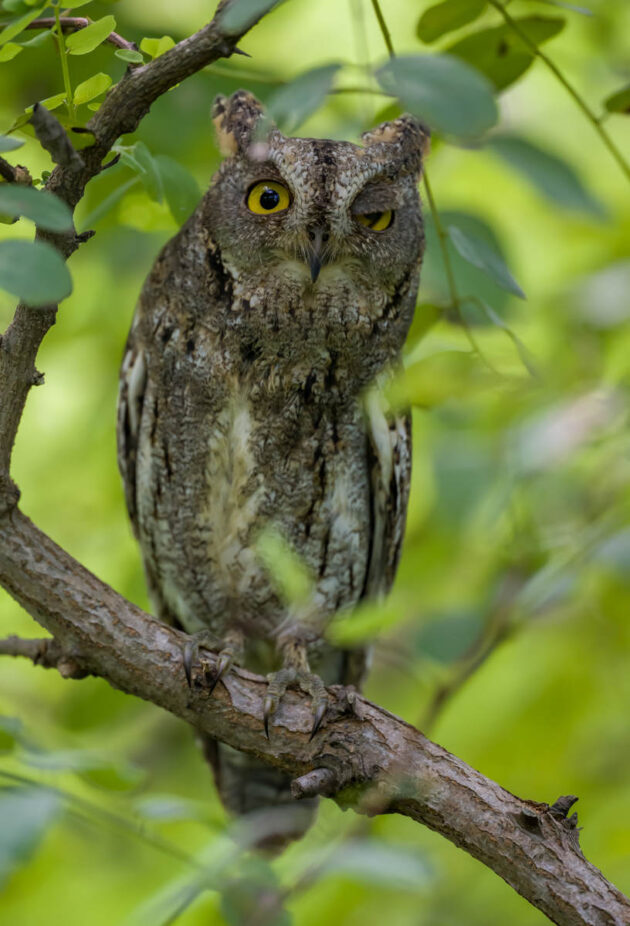
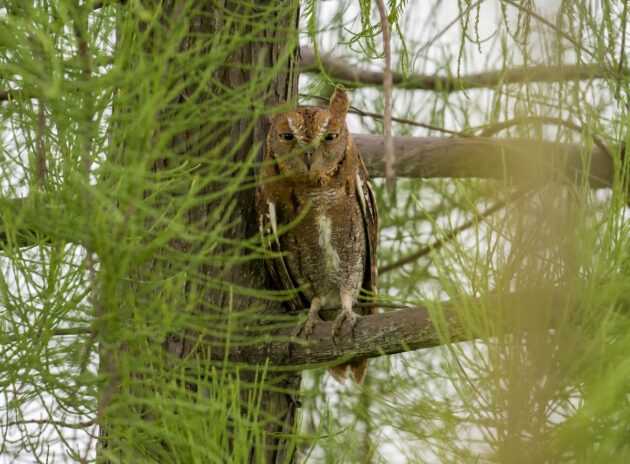
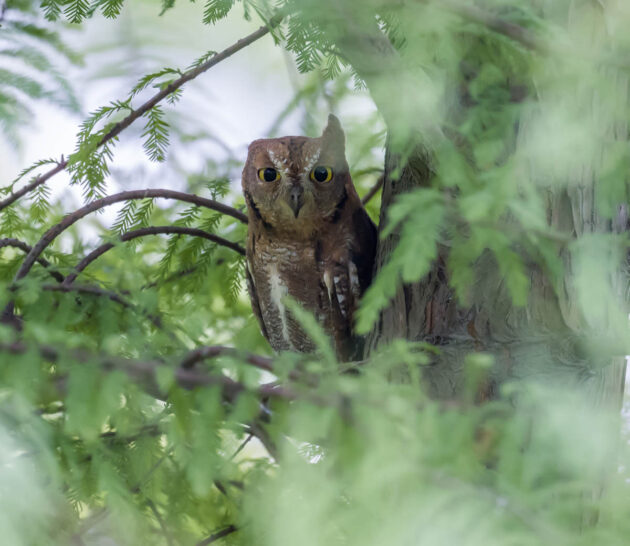

In rock songs, one of the functions of guitar solos is for the singer to have a chance to take a sip from (usually) his beer while the rest of the band continues working. In blog posts, photo galleries presumably have a similar function: Brown Shrike …
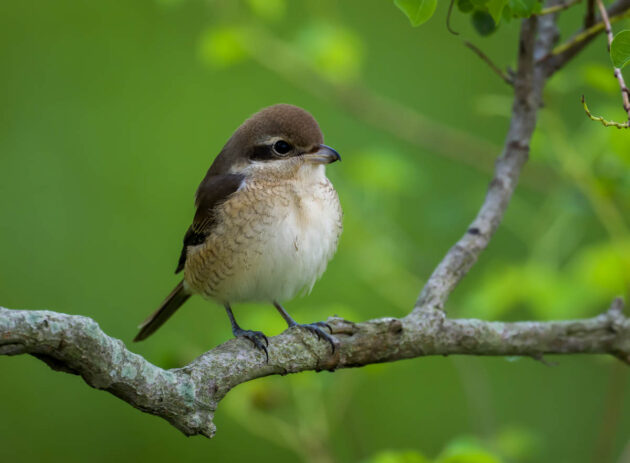
… Amur Stonechat …
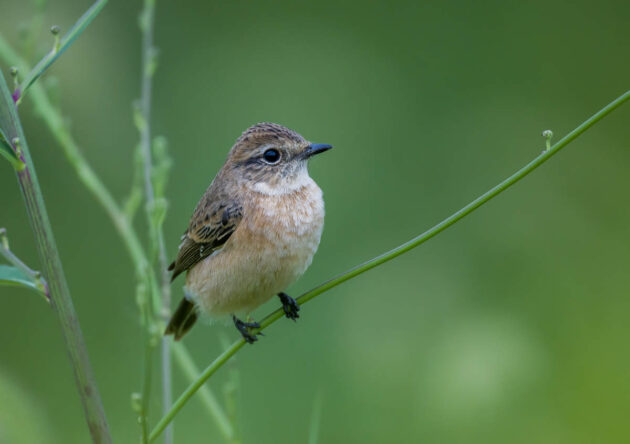
… Mugimaki Flycatcher …
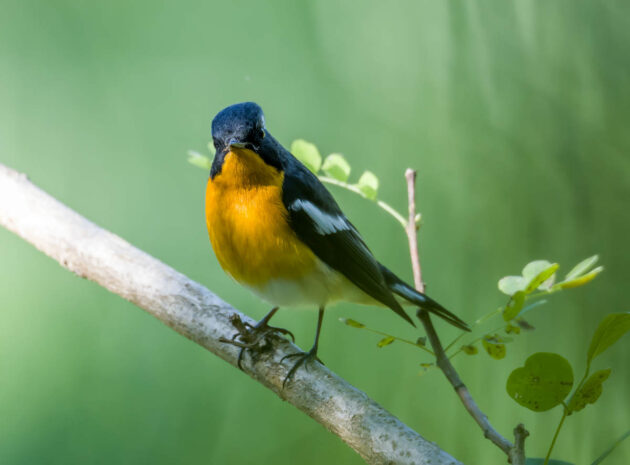
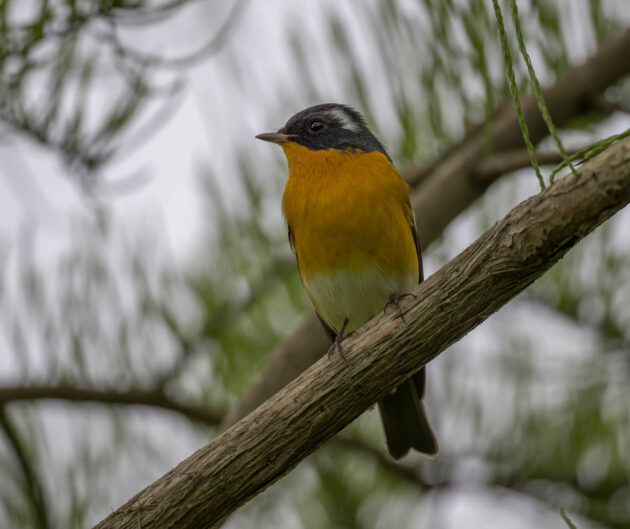
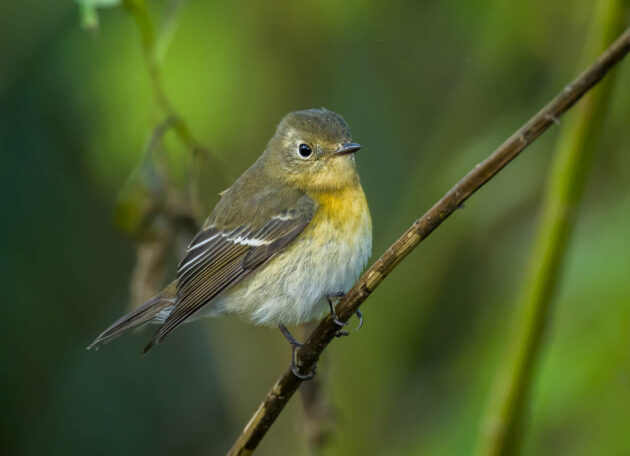
… Red-flanked Bluetail …
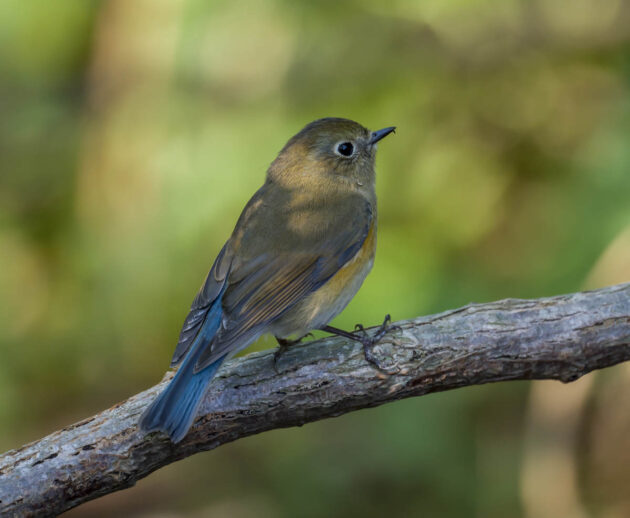
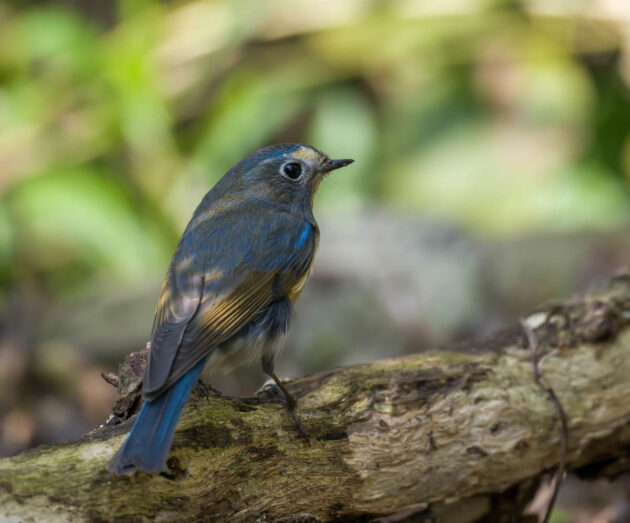
… Rufous-tailed Robin …
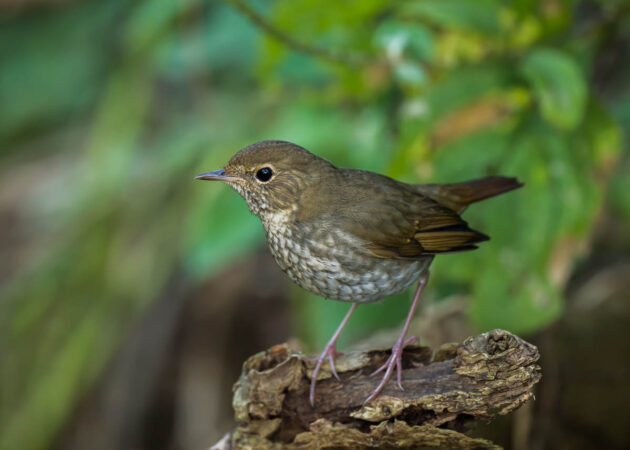
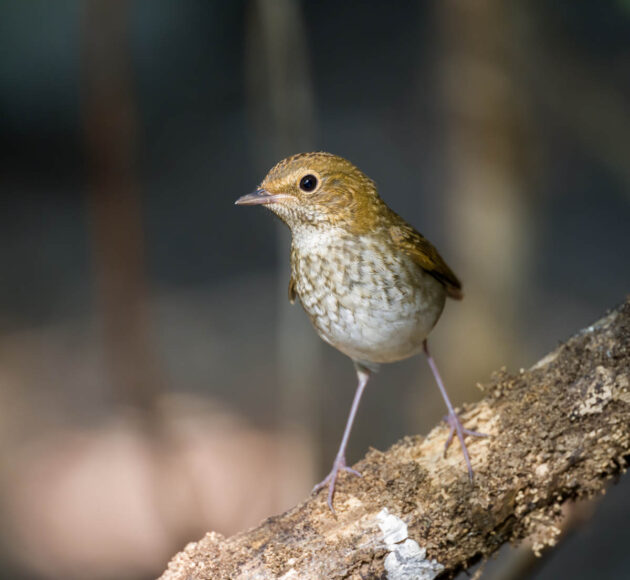
… Japanese Paradise Flycatcher …
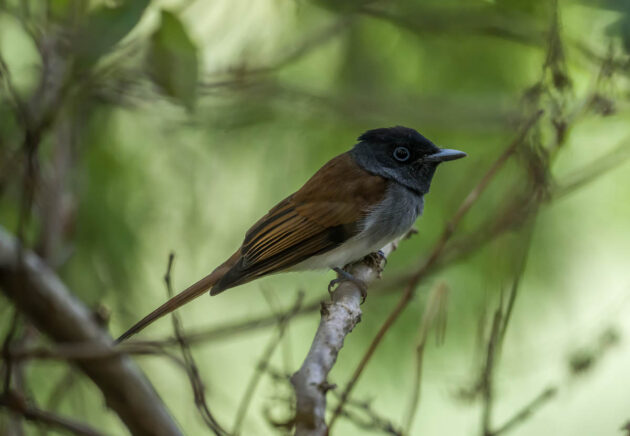
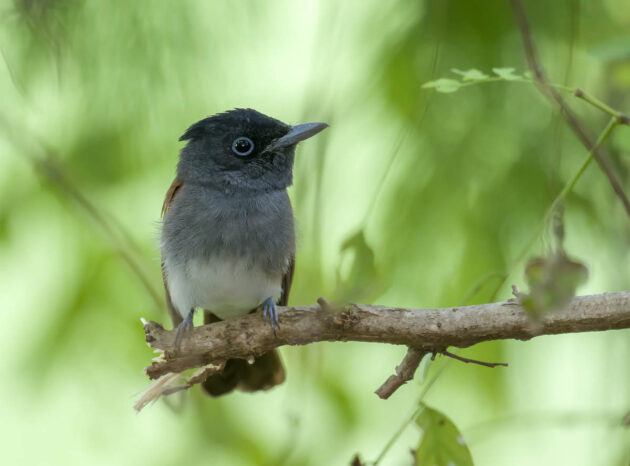
… and Taiga Flycatcher.
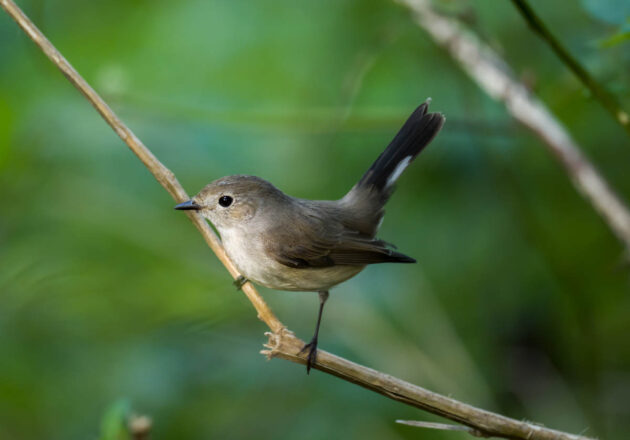
After the change in management of the 10,000 Birds website, one reader suggested changing the blog title to something more likely to attract visitors. His suggestion was “Birds ‘n’ Chicks” while another suggestion was “Japanese Tits and more”. Eventually, for the sake of tradition and family values, it was decided to keep the original title – but at least this little story gives me a chance to show a photo of a Japanese Tit without having to come up with any sleazy jokes.
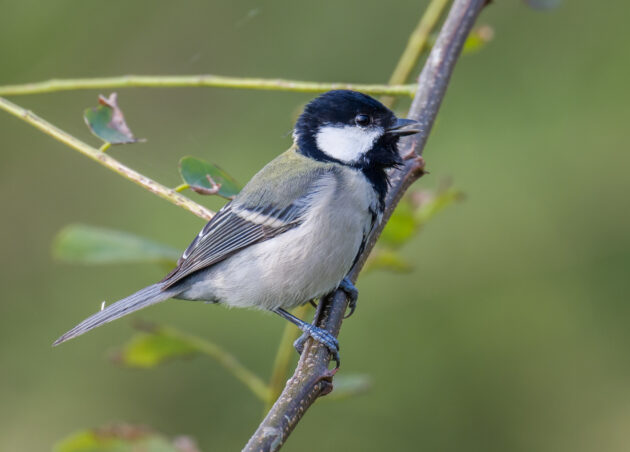
The Yellow-bellied Tit suffers a bit less from such jokes.
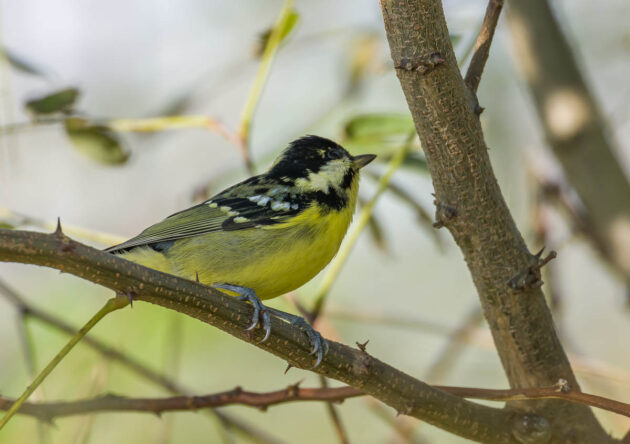
Recently, it has become fashionable among Siberian Rubythroats to go for a slightly more subdued throat color (no source as I just made this bit of information up).
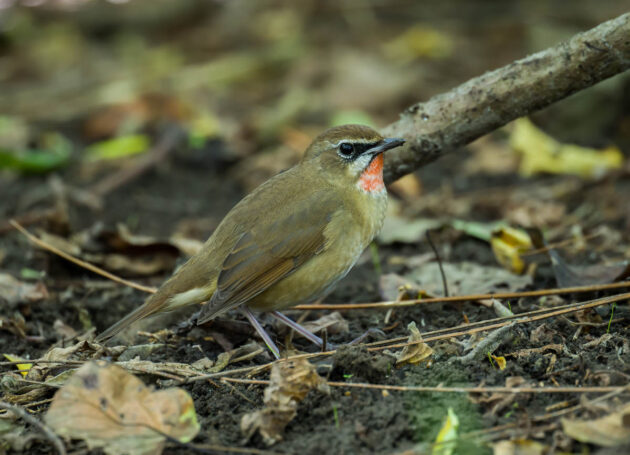
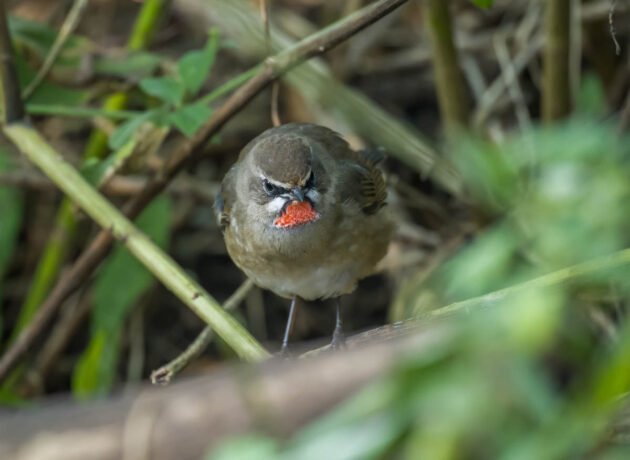
Of course, the female is even more subdued-looking.
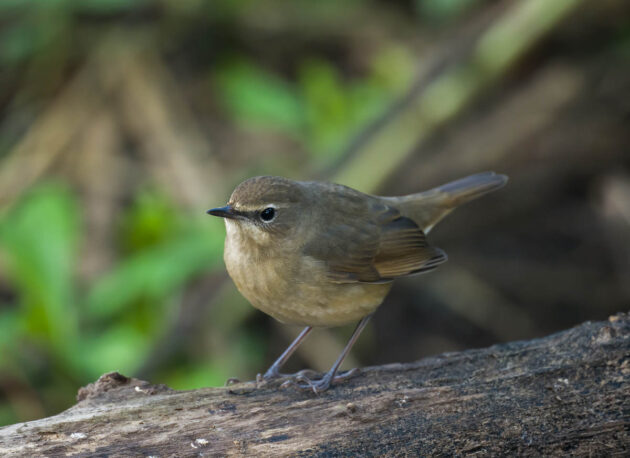
If I were a designer of overpriced but stylish-looking handbags, I would try to come up with something that looks as elegant as this Siberian Thrush. The male, of course, I am afraid.
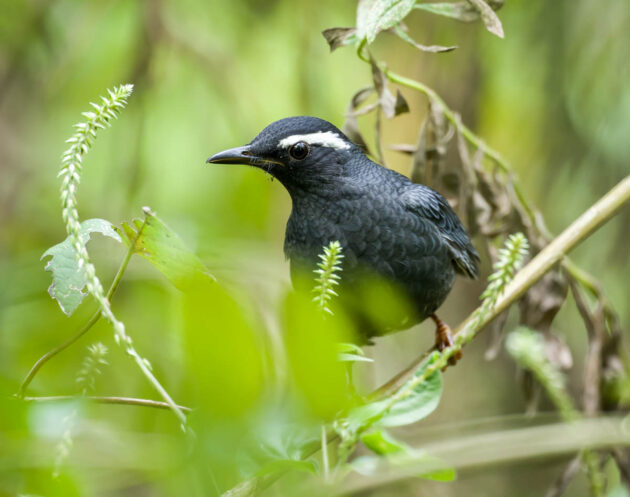
Of course, not everybody cares that much about beauty. Others are just interested in the complete mitochondrial genome of the Siberian Thrush. Better avoid these people at parties.
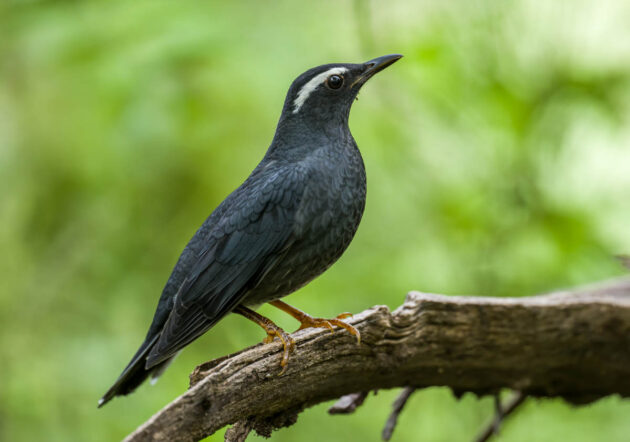
The HBW states that “in China, migrants generally follow mountain ranges, with little use of lowland areas” – so maybe what I have seen is not really a Siberian Thrush at all, as Nanhui is as lowland as land can get.
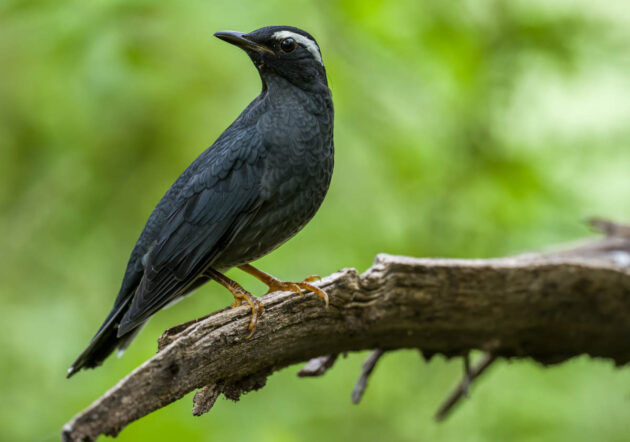
While the Siberian Thrush only passes through, the Grey-backed Thrush …
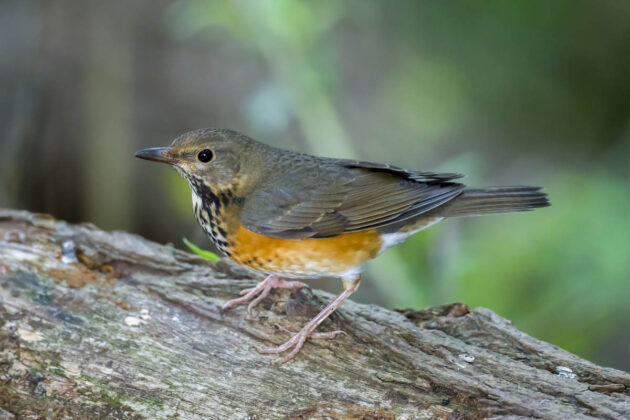
… Pale Thrush …
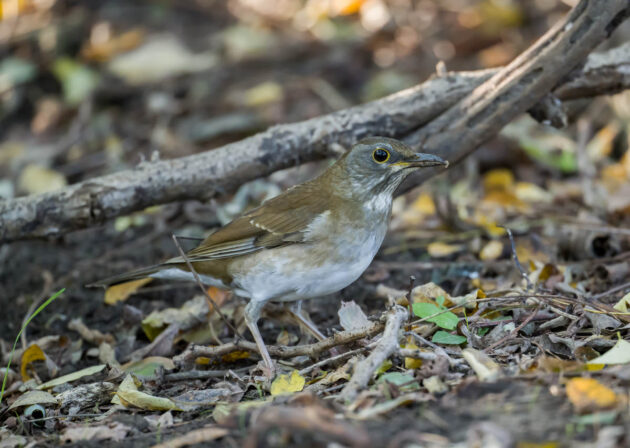
and White’s Thrush may all winter in Shanghai.
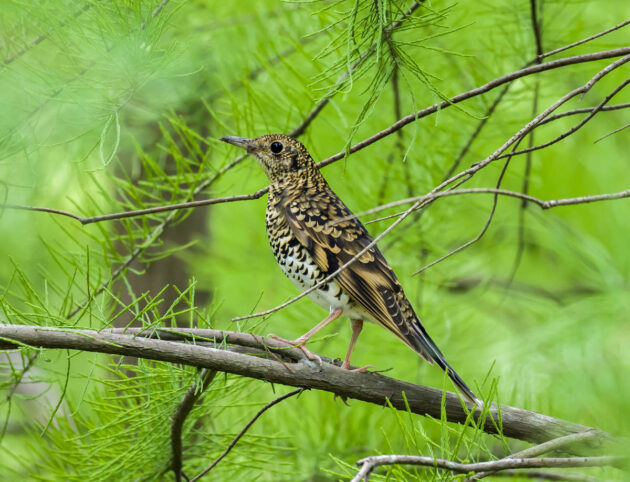
Recently, I told you about my usually futile quest to find Grey Nightjars. This is one of the things that from afar looked like a Grey Nightjar to me this month.
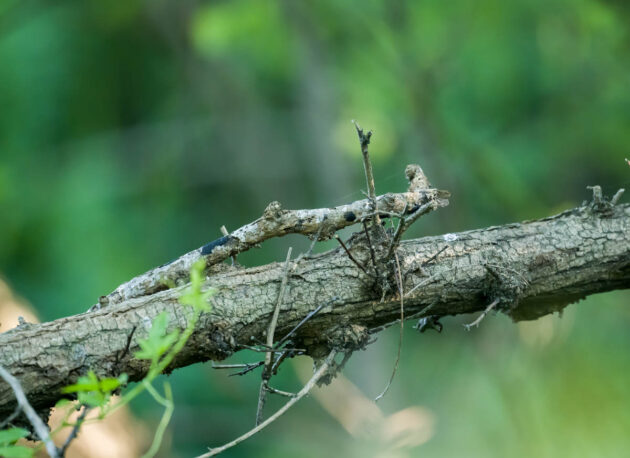
Yes, in retrospect, I do not really understand how I could think of this as a nightjar either. But fortunately, I also found the real thing this month – always worth seeing.
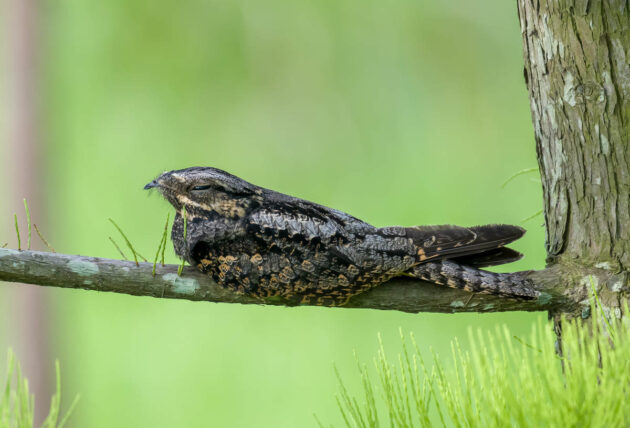
The Grey Nightjar is not really affected by real estate prices (always an important topic in China) as it does not build a nest – the eggs are simply laid on leaf litter or bare ground. It sounds a bit too ascetic to me, but then the bird’s color resembles the color of monks’ robes anyway.
If instead of reading non-scientific information on birds, you prefer to read scientific information on cats, I recommend the paper “On the rheology of cats”.



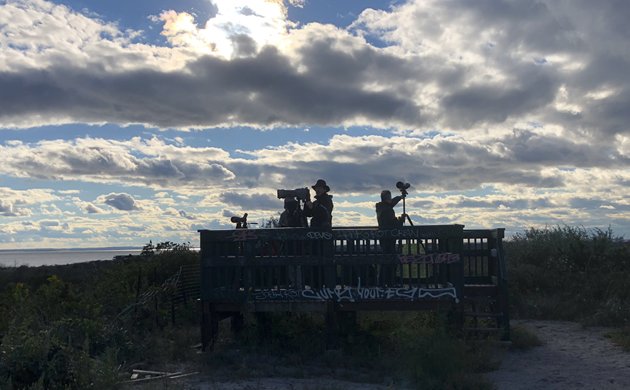

 New writers welcome – please contact us for details.
New writers welcome – please contact us for details.













Good luck with your romance novel. Don’t keep us waiting too long
Thank you for the video link. That was helpful for learning the odd casual Mandarin.
Some mouth-watering birds there, while I love all those owl shots. It’s amazing how the owl can change its appearance and its character.
Thanks, David – I think the Oriental Scops Owl is my favorite Shanghai bird …
Thanks, Maike – maybe we can have a conversation in Chinese soon then.